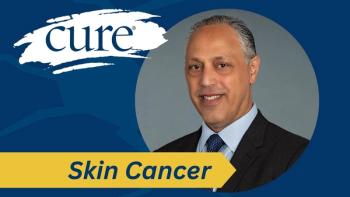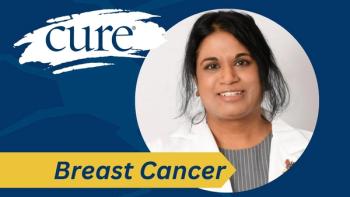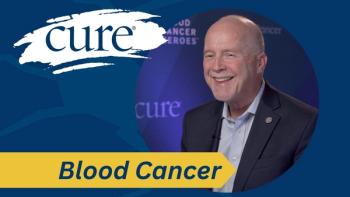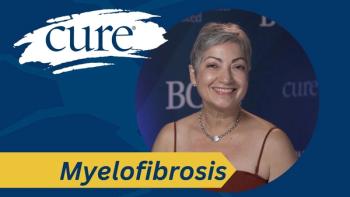
Offering the Right Treatment at the Right Time for Patients with Breast Cancer
Cancer survivorship is an important topic that patients and physicians must consider when planning their treatment.
While many patients are vastly concerned with being treated for their breast cancer following a diagnosis, not all may realize that some treatments have long-lasting effects, according to Patricia Ganz, M.D., director of the Center for Cancer Prevention & Control Research at the UCLA Jonsson Comprehensive Cancer Center.
At the 2018 San Antonio Breast Cancer Symposium (SABCS) held in San Antonio in December, OncLive, a sister publication of CURE, spoke with Ganz, who is also a faculty member in the Schools of Medicine and Public Health and was recently named a 2018 Giant of Cancer Care, as she discussed her work in cancer survivorship and the late effects of cancer treatment.
OncLive: What would you like to instill in people about cancer survivorship and the late effects of cancer treatment?
Ganz: Patients are very concerned about being treated for a cure. That’s number one on their mind when they are told that they have a cancer diagnosis and a treatment plan is being developed. But they don’t realize sometimes that the choices that they make may have important effects on their subsequent function.
I can remember 25 or 30 years ago, we didn’t tell women that they would go into permanent menopause with chemotherapy, then all of a sudden, they’d be facing those symptoms and also not be able to have children. Now we do a better job of that, of course, but there are other things like persistent neuropathy (weakness, numbness and pain, usually in your hands and feet) from taxane, which is a big deal. I was just talking to a surgeon who I’d seen for a survivorship consult, and she can’t go back to work as a surgeon because of the taxane neuropathy that she has. So, these are big issues and sometimes there’s a choice of giving certain kinds of drugs and that’s very important.
What is your outlook for the field of breast cancer?
We’ve historically thought of it as one disease. Now it’s been picked apart into many subgroups as has been done for many cancers, and I think we’re ahead of the game with breast cancer, but I think the real issue is to give the right treatment to the right person at the right time.
For example, the session I was just listening to was about the timing of chemotherapy, for example, in triple negative patients. Should we give it right up front? If they experience complete remission with that, can we not really worry much about them? Should we do risk adaptive therapy? Are we overtreating a lot of people? We need to think about that.
Is there anything else that you’d like to emphasize?
My biggest motto, if you will, is listening to the patient. All the research that I’ve done over the last 20 years that has been focused on fatigue and cognitive dysfunction in breast cancer patients has come from listening to the patient. They told me, “This is what I’m complaining about,” and no one would believe them. Finally, because of research that we and others have done, yes, we’ve learned that chemo brain or cognitive changes are real. We don’t necessarily have to do neurocognitive testing or imaging of the brain to tell us that’s what’s going on — we need to listen to the patient and then need to find strategies to help the patient get through that and not just say “You should be happy to be alive.”
Also, it’s not over when it’s over. Going through treatment is very intensive and very complicated. There are people who have absolutely no residual side effects or problems and that’s great, but the 25 or 30 percent of them that do, we need to pay attention to.




